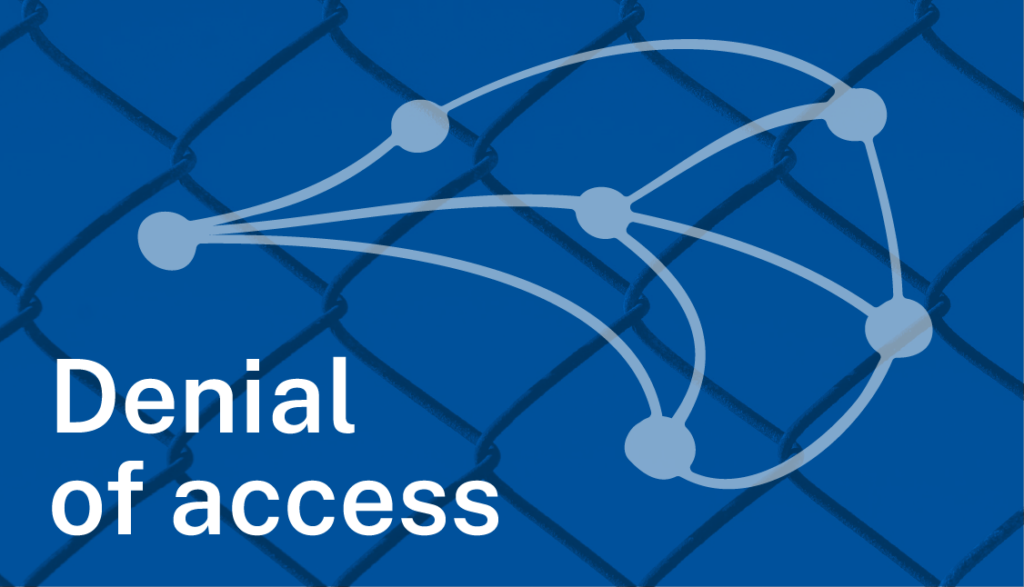Media workers, including Globe and Mail photojournalist Gavin John, were prevented from accessing Jasper, Alta. to cover a wildfire on July 25, 2024.
With a few exceptions, media workers were denied access to Jasper for most of three weeks in July and August 2024.
The Globe and Mail’s editorial board called the decision to ban journalists a “smokescreen,” and said that Parks Canada had “failed to understand that it needs to strike a balance between reasonable safety concerns and reasonable access for journalists.”
A spokesperson for Parks Canada told J-Source that journalists were initially barred from Jasper during the fire for safety reasons, and that the ban continued after the fire was under control because some residents had asked for privacy.
According to Parks Canada, the denial of access was based on an order on July 22, 2024 under Section 36(1) of the National Parks General Regulations, which allows authorities to close a park because of a “seasonal or temporary danger.”
The area covered by the order was revised on Aug. 16, 2024, to exclude the town of Jasper. A separate state of local emergency requested by the municipality allowed local authorities to control access to the town itself.
Parks Canada said that the continued closure of Jasper after the fire was under control was intended to give residents privacy.
“The focus over the past weekend was to allow residents the space to process and come to terms with the tragedy that struck their town less than a month ago. The loss of homes and cherished memories is an unimaginable burden, and it is essential that they had the time and privacy to begin their healing process. We thank the media for respecting these measures and the wishes of the Jasper community,” Parks Canada spokesperson, Charlotte Chambers, told J-Source.
The decision “came from a place of compassion and empathy,” another Parks Canada spokesperson, Janelle Verbruggen, told J-Source. “Our unified goal was to minimize the re-traumatization of residents during the re-entry process,” she said.

